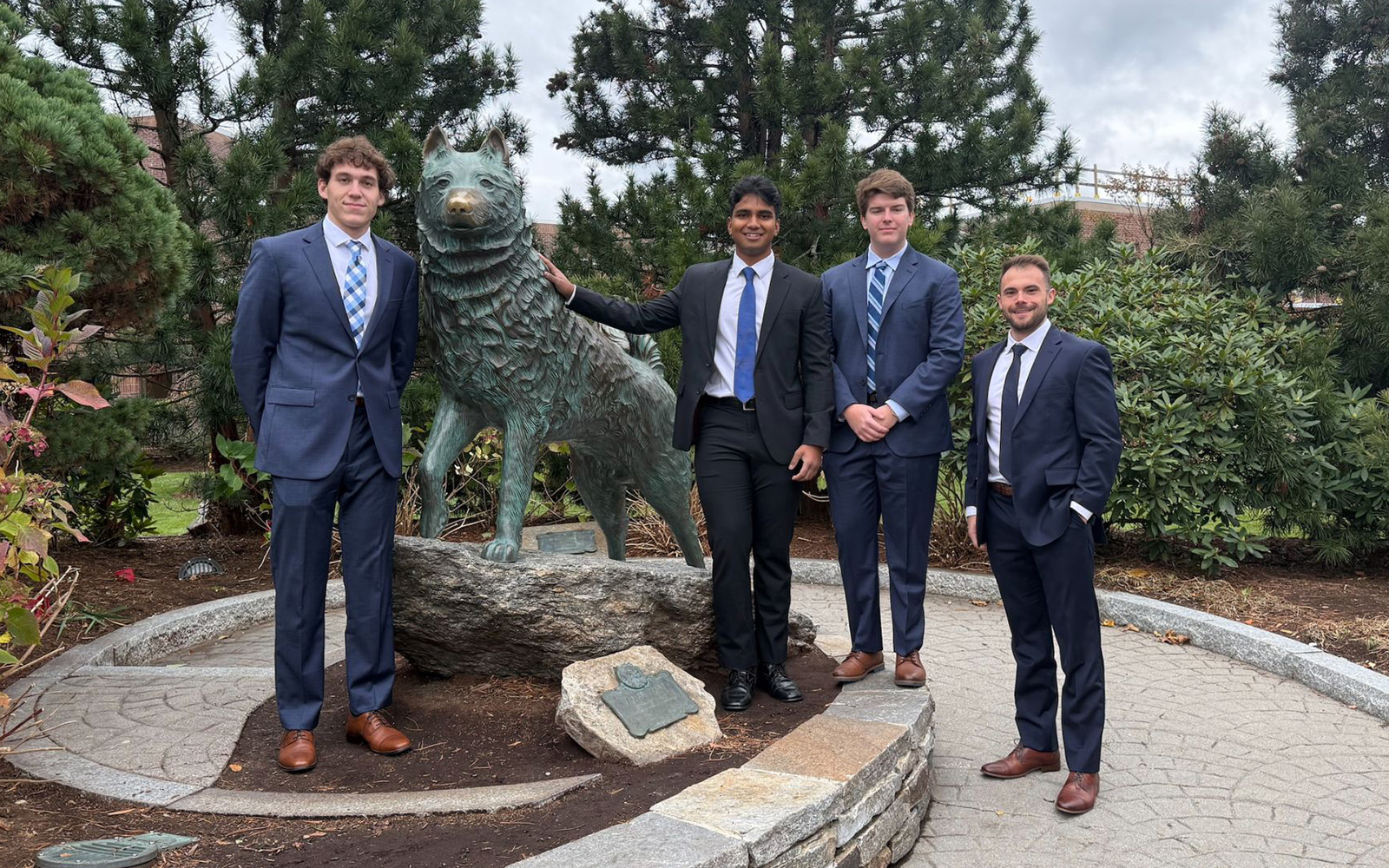It all started in a fever dream on a small sailboat off the coast of Jalisco.
Our friends set off a few months earlier to travel the world by sea. My husband and I joined them in southern Mexico for the first week of 2018. It was a time of transition in our lives, and we looked to the trip for tranquil respite on the cheap as we tried to figure out what came next.
The journey to meet them was long; we flew into Puerto Vallarta and then traveled several hours by bus. But when we set sail north along the Pacific Coast the next morning, everything seemed perfect. The boat cut a swift white line between indigo water and periwinkle sky. Wave-sculpted stacks of rock pierced the meniscus of the sea, and a humpback whale and her calf burst from the sparkling waves before us. That evening, we anchored in a near-empty lagoon and were lulled to sleep by the lilt of the sea.
When I awoke the next morning, though, the pressure in my head felt as if I had spent the night on the ocean’s floor rather than bobbing along on top of it. My friends insisted I was just seasick and would feel better off the sailboat. So we piled into a dinghy to explore the shore and brackish channels thick with mangroves. As we sipped cerveza under a palapa in the sand, my eyes grew bleary, my lungs tightened, and my head throbbed. I could no longer deny the truth that threatened to disrupt this magical journey just as it started: the influenza virus I had contracted along the way took hold.
In the weeks leading up to the trip, I had been thinking a lot about truth. At the end of 2017, I certainly wasn’t the only one. The 2016 election, marred by fake news and a Russian disinformation campaign, had delivered a presidency of “alternative facts.” Time magazine asked on its cover, “Is Truth Dead?” President Donald Trump told more than 2,100 lies to the public his first year in office, an average of six a day, according to The Washington Post. Outrageous conspiracy theories and extremism poisoned public discourse as anti-vaxxers, flat-Earthers, and climate change deniers waged an assault on science. That August, hate and white nationalism had crawled out of the shadows and into the torchlight of the Unite the Right rally in Charlottesville, Virginia. Then two of the deadliest mass shootings in modern U.S. history occurred just five weeks apart: 58 people were murdered at a concert on the Las Vegas strip in October 2017, and 26 were killed at a Texas church in November. The traumatized survivors — like those from almost every high-profile mass shooting since the massacre at Sandy Hook Elementary School in Newtown, Connecticut, five years earlier — faced heinous accusations that they were willing participants in a false-flag plot to take away guns.
Of all the markers of the post-truth era, the cruel and politically motivated denial of these tragedies bothered me the most. As a journalist, I had covered several mass shootings, starting with one that had gravely wounded someone I had known for years as an Arizona political reporter, Congresswoman Gabrielle Giffords. The shooting at Giffords’ constituent event in a grocery store parking lot in Tucson in 2011 left six people dead, including a staffer, a federal judge, and a 9-year-old girl. I did not personally know any of the people who were murdered, but several close friends did and were shattered by the losses. After that, it seemed, the gun massacres didn’t stop. I was in Aurora, Colorado, in July 2012 to report on a mass shooting at a movie theater there for Bloomberg News. A couple of weeks after that, there was a mass shooting at a Sikh temple in Wisconsin and, in December, the massacre at Sandy Hook Elementary School. I helped cover the tragedies and, in the aftermath, wrote a lot about guns: gun manufacturing, gun trafficking, gun buybacks, and gun background checks; guns in public buildings, guns in bars, guns in schools, and the power of the gun lobby. Changes to national gun laws had seemed all but inevitable after Sandy Hook, but within months even modest, common-sense proposals with broad bipartisan public support had failed in an increasingly polarized and dysfunctional Congress.



